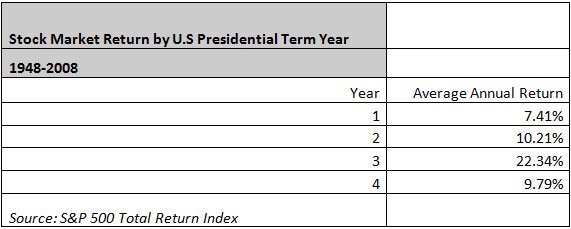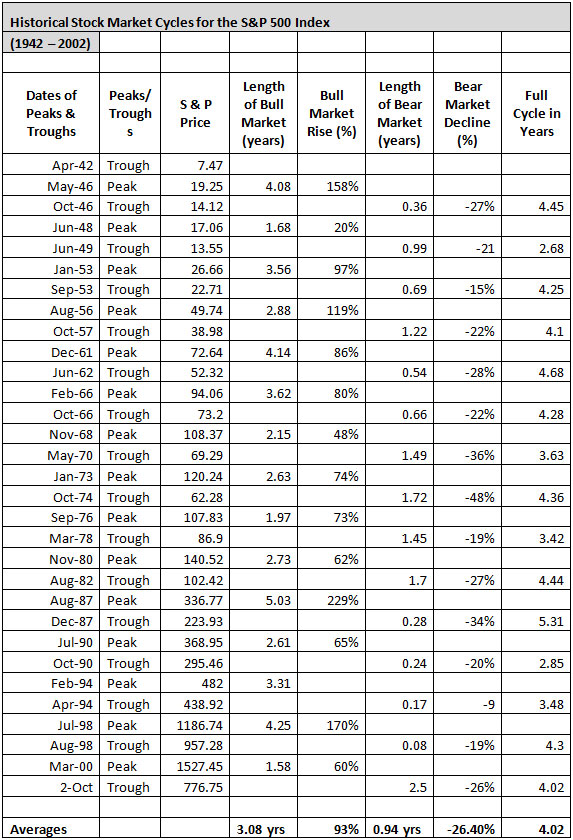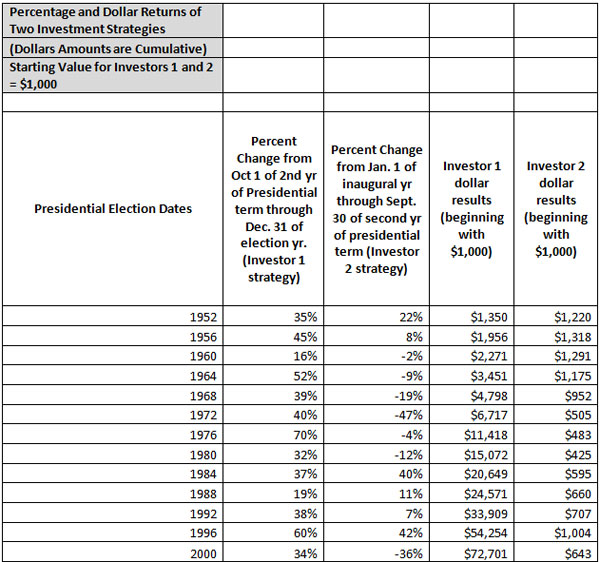
Various media outlets seem set on convincing the American populace that high gasoline prices are, in fact, not so bad as we’re making them out to be.
Sometimes it’s a geopolitical or environmental argument they recite, speculating that painful pump prices will drive consumers away from the problematic Middle East’s oil reserves and into green energy outlets.
Sometimes they bring politics into the mix, pointing to the Republican’s humiliating losses in 2008 to highlight the possibility that Democrats could suffer similarly this year, thereby reversing the unpopular policies implemented over the last four years and leading to longer-term benefits.
Meanwhile, CBS’ Dan Burrows reports yet another way of looking at the situation in his February 28 article, Why higher oil and gas price are good news.
According to his main source, Charles Schwab Chief Investment Strategist Liz Ann Sonders, “… much of the increase in energy prices since their October 2011 lows can be explained by the resurgence in the global economy. To a lesser degree, the increase derives from fear about supply disruptions due to tensions in Iran and Syria.”
In other words, the reason why consumers are increasingly seeing their wallets savaged every time they fill up is that everything else in the economy is doing so well. People are getting back on their feet and going back to work, giving them money to shop and travel and go about their daily lives in pre-recession style, all activities that drive up demand for gasoline and therefore prices as well in an already tight market.
That may very well be. In China. But the United States – not to mention other traditional consumer markets such as Europe and Japan – is a much, much sadder story.
So that Pollyanna story doesn’t fly very well here.
Prices Are Rising Despite Low Demand
Democrat strategists Stanley Greenberg, James Carville and Erica Seifert did some research on what campaign messages resonate best with the American people this election year. And the results were dramatic.
Out of four varying messages, “claiming that ‘America is back’ is by far the weakest operative message and produces disastrous results.” That lack of confidence is one indication that U.S. consumers aren’t contributing much to rising gasoline prices.
The News Tribune offers another look at the issue. On Monday, February 27, it showed the average regular gas price at $3.947 per gallon in Tacoma, Washington, “after posting a price increase of a cent overnight and nearly 25 cents in a week. A month ago, average gas prices were more than 42 cents a gallon lower…”
The article continues: “That price rise continues despite what analysts say is a plentiful supply of fuel and a declining demand for gas.” And it would be a significant hike regardless.
A day later, Joe Petrowski, CEO of Gulf Oil, concurred on CNBC’s Squawk Box. Commenting on how he expects prices “to go much higher, especially on the East Coast,” Petrowski added: “What’s extraordinary is demand is exceedingly weak.”
Up against that kind of insider information, Sonders’ argument looks even weaker.
A Bunch of Reasons, But One Conclusion
Of course, Sonders isn’t the only person to try to throw around a theory on the subject. Ask any random person on the street why gasoline prices are so high and they’ll come up with any number of reasonable or random responses.
Some common theories include:
- Increasing emerging market activity
- Tensions in the Middle East
- Oil market speculators
- Greedy oil companies
- Oil isn’t getting any cheaper to extract
- It’s all Obama and the Democrats’ fault
- It’s all Republicans’ fault
- It’s all government’s fault in general
And there’s probably at least some truth to each round of the blame game. Oil prices – and therefore the cost of gasoline – depend on a multitude of factors, most of them complicated and many of them unpopular.
What isn’t nearly so complicated, however, is the fact that current pump rates are anything but good for consumers.
The United States is already on shaky economic footing, with significant numbers of citizens still out of work from the recession. Since businesses and individuals alike rely on gasoline to fuel a whole host of activities, they operate best when they can actually afford to get from Point A to Point B.
Not to mentioned the heightened costs and prices for every single good that needs to be transported…Yeah, that’s just about everything…
It’s as simple as that. And there’s really no pretty way to spin it.
Good Investing,
Jeannette Di Louie
Article by Investment U
 The weakness in Euro continued in US session as well and it went below the 1.3300 levels to form a fresh low of 1.3281. It has now come up above the 1.3300 levels and is currently trading at 1.3325, unchanged for the day. The support now may be found at 1.3320 and below at 1.3270. The resistance may be seen at 1.3360 and 1.3400 levels. The initial jobless claims came in line with the expectation at 351k. ISM manufacturing index came at 52.4, below expected value of 54.5. Personal consumption expenditure came as expected at 0.2%.
The weakness in Euro continued in US session as well and it went below the 1.3300 levels to form a fresh low of 1.3281. It has now come up above the 1.3300 levels and is currently trading at 1.3325, unchanged for the day. The support now may be found at 1.3320 and below at 1.3270. The resistance may be seen at 1.3360 and 1.3400 levels. The initial jobless claims came in line with the expectation at 351k. ISM manufacturing index came at 52.4, below expected value of 54.5. Personal consumption expenditure came as expected at 0.2%.






 Tradervox.com (Dublin) – The dollar opened the trading weaker after speculation that the Manufacturing data report will show that the manufacturing in the country increased in February. This has caused the greenback declined against major counterparts as the appetite for safe haven asset reduced. The Australian and the New Zealand dollar were the biggest gainers against the greenback. The International Swaps & Derivatives Association indicated that there would be no payout on the $3.25 billion in Greek credit default swaps. The Fed chairman Ben Bernanke said this yesterday as he testified before Congress, but he did not indicate whether there is any further monetary easing consideration.
Tradervox.com (Dublin) – The dollar opened the trading weaker after speculation that the Manufacturing data report will show that the manufacturing in the country increased in February. This has caused the greenback declined against major counterparts as the appetite for safe haven asset reduced. The Australian and the New Zealand dollar were the biggest gainers against the greenback. The International Swaps & Derivatives Association indicated that there would be no payout on the $3.25 billion in Greek credit default swaps. The Fed chairman Ben Bernanke said this yesterday as he testified before Congress, but he did not indicate whether there is any further monetary easing consideration.